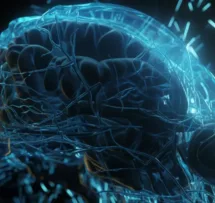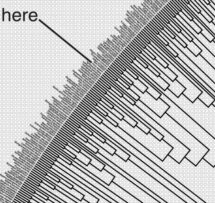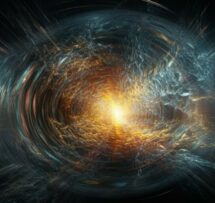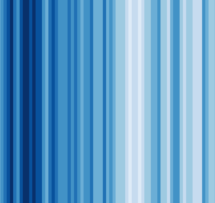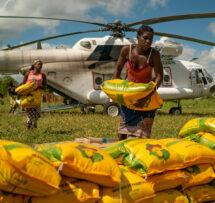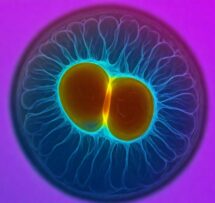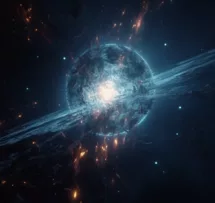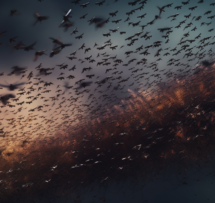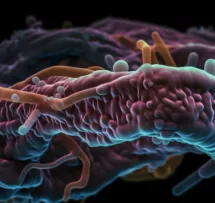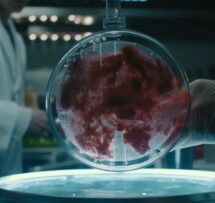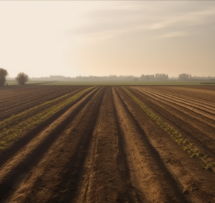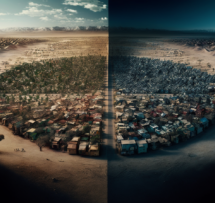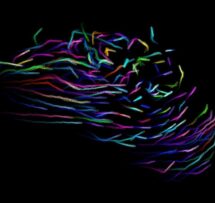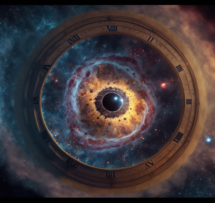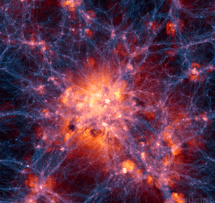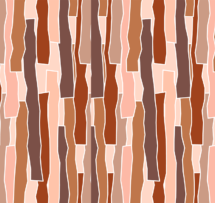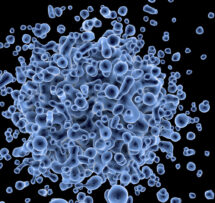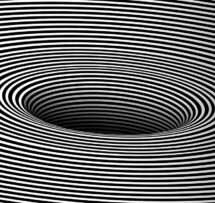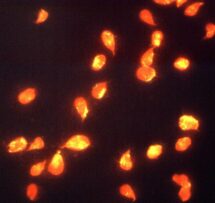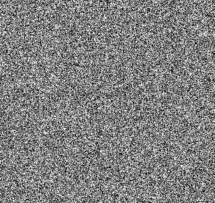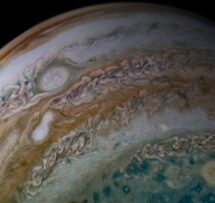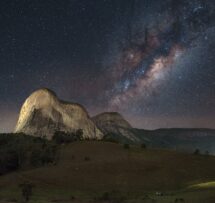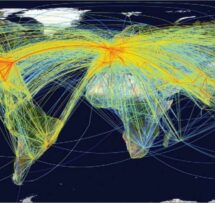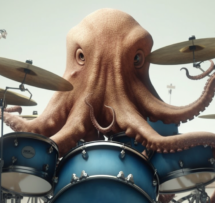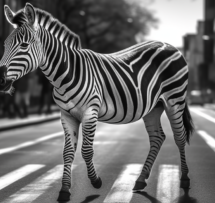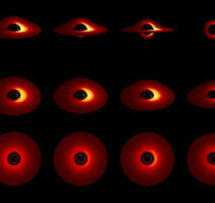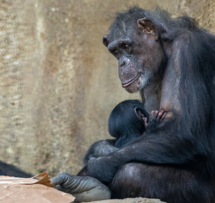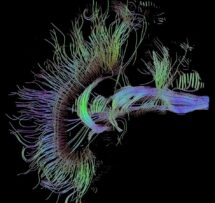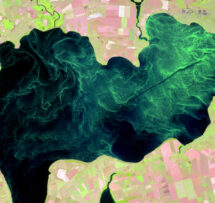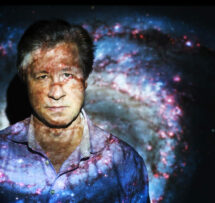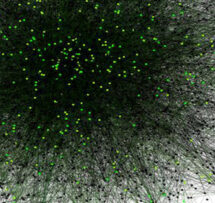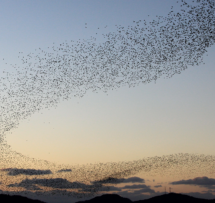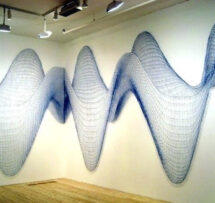Building stars, planets and the ingredients for life in space
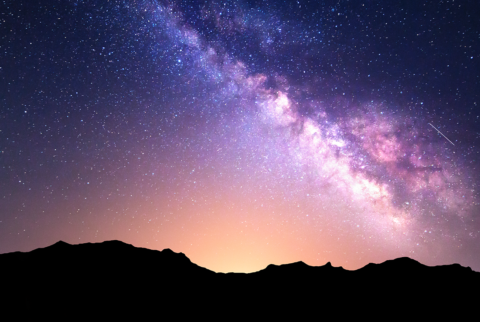
One of the most exciting developments in astronomy is the discovery of thousands of planets around stars other than our Sun. But how do these exo-planets form, and why are they so different from those in our own solar system? Which ingredients are available to build them?
Thanks to powerful new telescopes, astronomers are starting to address these age-old questions scientifically. Stars and planets are born in the cold and tenuous clouds between the stars in the Milky Way, and the new ALMA array now allows us to zoom in on planetary construction zones for the first time. Water and a surprisingly rich variety of organic materials are found, including simple sugars. Can these pre-biotic molecules end up in comets and ultimately new planets and thus form the basis for life elsewhere in the universe?
With the days getting shorter, dark and cool nights will surround us again. No need to be sad! Put on a warm coat, grab a friend and head out of the city or to an observatorium. But for some interesting and entertaining starwatching, it is nice to have a little backstory ready. Therefore, we have arranged the best teacher in this field you can wish for in Amsterdam’s newest but pretty familiar classroom that is not unfamiliar with stars.
Afterwards, chilled cocktails and live music to help you see the stars more clearly.
This event is an initiative by the Dutch Institute for Emergent Phenomena (DIEP) with the support of NWA Route 2.
The event is held in English.Science & Cocktails Amsterdam is presented in cooperation with Paradiso and acknowledges the support of New Scientist.
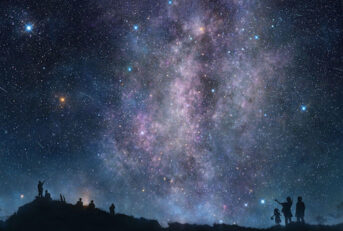
Ewine F. van Dishoeck
Building stars, planets and the ingredients for life in space
How do these exo-planets form, and why are they so different from those in our own solar system? Which ingredients are available to build them?
Talk by
Ewine F. van Dishoeck
Professor of molecular astrophysics at Leiden University. Following her graduation from Leiden, she held positions at Harvard, Princeton and Caltech from 1984-1990. The research of her group is at the boundary of astronomy and chemistry and uses ground- and space-based observatories to study the molecular trail from interstellar clouds to planet-forming disks. She holds many national and international science policy functions, including scientific director of the Netherlands Research School for Astronomy (NOVA) and president of the International Astronomical Union. She has been fortunate to receive many awards, including the Dutch Spinoza award, the Dutch KNAW Professor Prize, the 2015 Einstein World Award for Science and the Kavli 2018 Astrophysics Prize. She is a Member of the Dutch, German and US National Academies of Sciences.
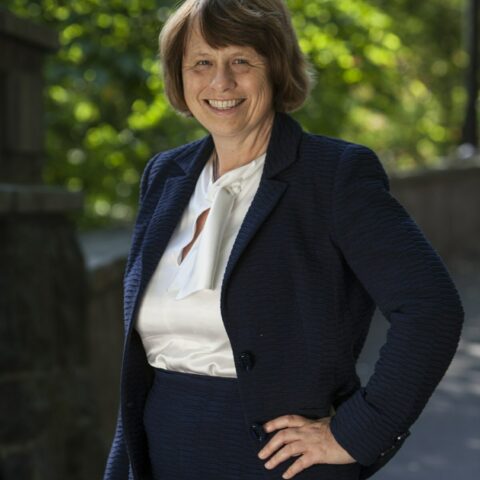
Music by
Vincent Swierstra & Anne Heijligers
Vincent is one of the few people in The Netherlands who play the sarangi. He discovered the instrument on his first trip to India in 2003 and immediately fell in love with it’s mystical sound. It is said that of all the instruments in the world, the sarangi resembles the sound of the human voice the most. Three gutstrings are played with a bow and with the nails. 36 sympathetic strings create extra resonance and the unique sound that characterizes the sarangi. During the past years, Vincent has been performing at venues, parties and festivals throughout the Netherlands, playing solo, with DJ’s, poets, storytellers and various formations.

